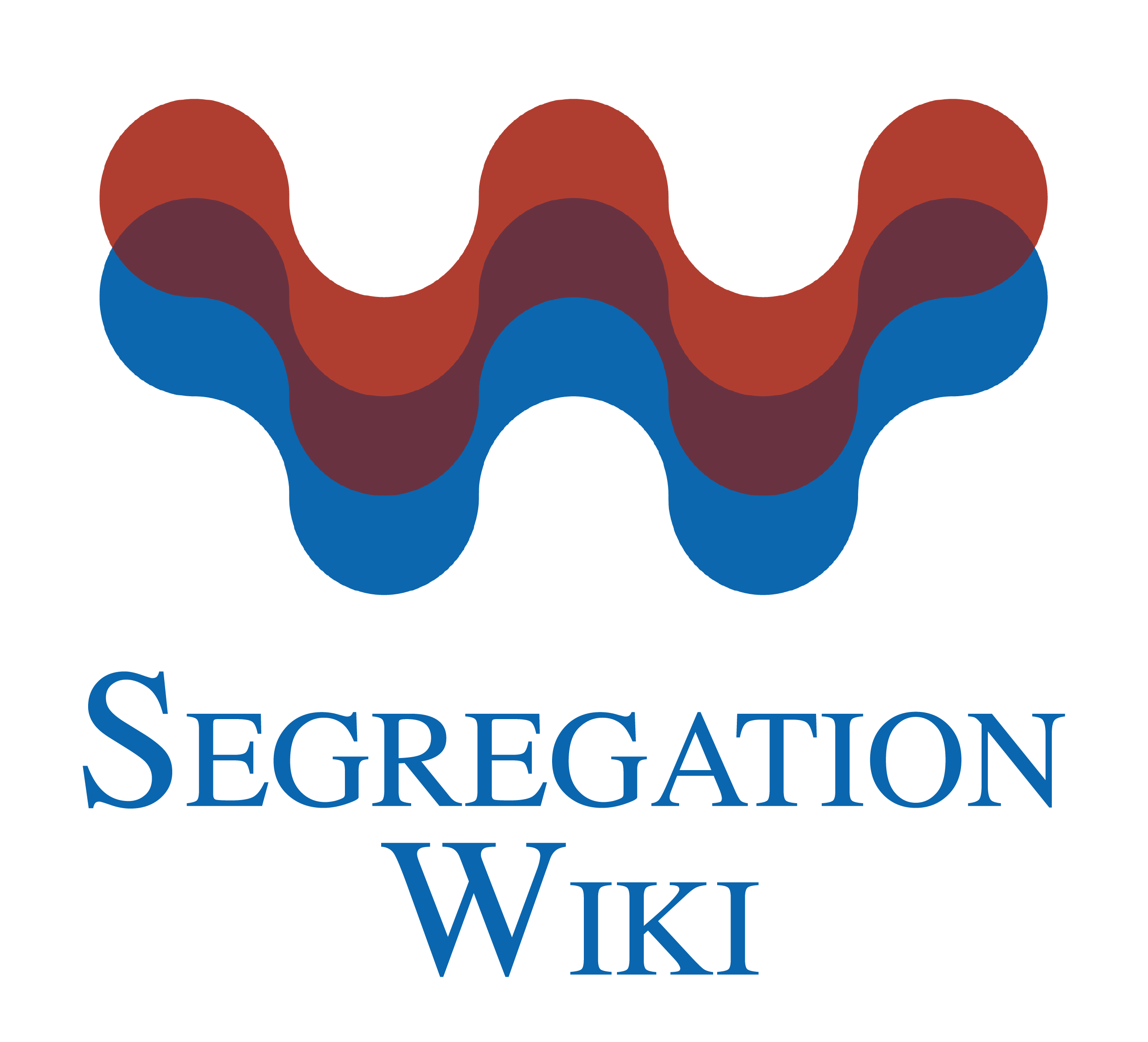State school segregation
2009
united states
State school segregation refers to the policy or practice of separating students based on their race or ethnicity in public schools. This discriminatory practice was prevalent in the United States until the mid-20th century, particularly in the southern states.
The state school segregation was a result of the "separate but equal" doctrine, which was established by the Supreme Court's ruling in the landmark case Plessy v. Ferguson in 1896. This ruling legalized racial segregation as long as the separate facilities were "equal" in quality. However, in reality, the segregated schools were often vastly inferior to those attended by white students, perpetuating educational disparities.
The segregation of schools was further enforced by state laws known as Jim Crow laws, which mandated separate schools for white and non-white students. These laws also enforced segregation in other public facilities such as parks, transportation, and even water fountains.
It wasn't until the 1954 Supreme Court decision in Brown v. Board of Education that state school segregation was deemed unconstitutional. The Court ruled that separate educational facilities were inherently unequal and violated the Fourteenth Amendment's guarantee of equal protection under the law. This landmark decision paved the way for desegregation efforts across the country.
Despite the ruling, it took many years and persistent activism to dismantle state school segregation fully. Many school districts resisted the integration of schools, leading to prolonged legal battles and social unrest. The enforcement of desegregation efforts varied across states, with some states actively working towards integration while others continued to resist. It was not until the late 1960s and early 1970s that significant progress was made in dismantling state school segregation.
While state school segregation is illegal today, the legacy of this discriminatory practice continues to affect educational opportunities and outcomes for marginalized communities. Ongoing efforts are needed to address the systemic inequalities and promote inclusive and equitable education for all students.
See also
References
Further reading
Levy T. (2010) "Charter schools legislation and the element of race", Western Journal of Black Studies, 34(1), pp. 43-52. . DOI: [1]
Levy T. (2009) "Homeschooling and racism", Journal of Black Studies, 39(6), pp. 905-923. . DOI: 10.1177/0021934707305393
